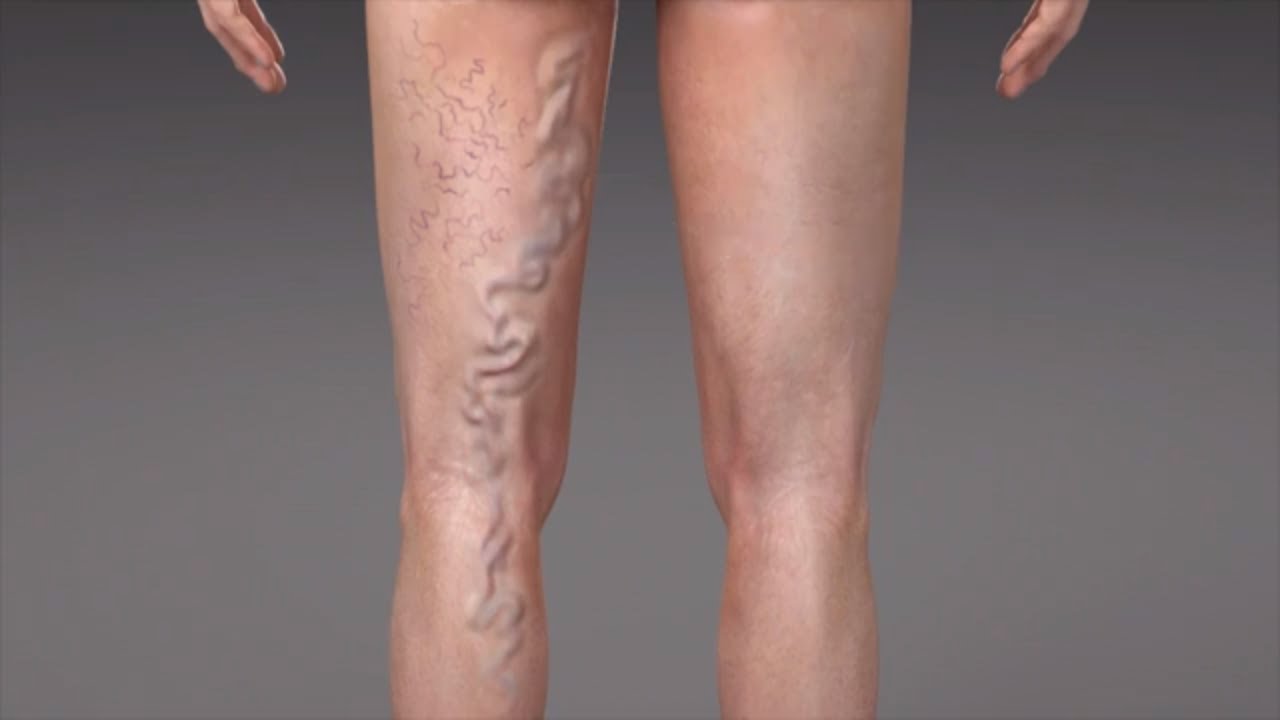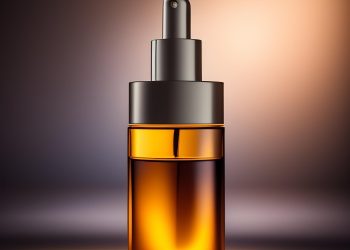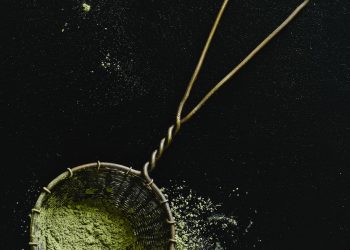Varicose veins refer to enlarged twisted veins that typically affect the legs and feet. Standing up and walking put pressure on the veins in these parts of the body [1].
Experts have different explanations as to why this problem occurs, but most agree that it is mainly caused by damage to the valves within the veins [2].
When these valves don’t work properly, blood flows back to and accumulates in the veins, causing the appearance of varicosities [2]
Certain factors can worsen this condition. These include pregnancy, obesity, straining during chronic cough or constipation, standing for long periods, trauma to the leg, and surgical procedure on the leg [3].
Spider veins are similar to varicose veins. However, they are smaller and closer to the surface of the skin. Spider veins are often red or blue in color and look like tree branches or spider webs, thus the name.
Compared to varicose veins, they are more noticeable. They are quite common, to be honest. In the USA, more than eighty million Americans suffer from any type of disease of the veins. Of them, about fifty to fifty-five percent are women while forty to forty-five percent are men.
Although for most people, varicose veins are nothing but a cosmetic issue, there are some cases when this condition causes great pain and discomfort [1].
Varicose and spider veins can also be removed through a surgical procedure [3].
Now, if you’re like most people who’d rather not go under the knife, here are some excellent home remedies that you would want to try first.
Experts suggest the efficacy of these natural remedies for varicose veins and their symptoms.
RELATED: 12 Easy Ways to Get Rid of Foot Cramps
12 Home Remedies for Spider Veins in Legs
1. Horse Chestnut Seeds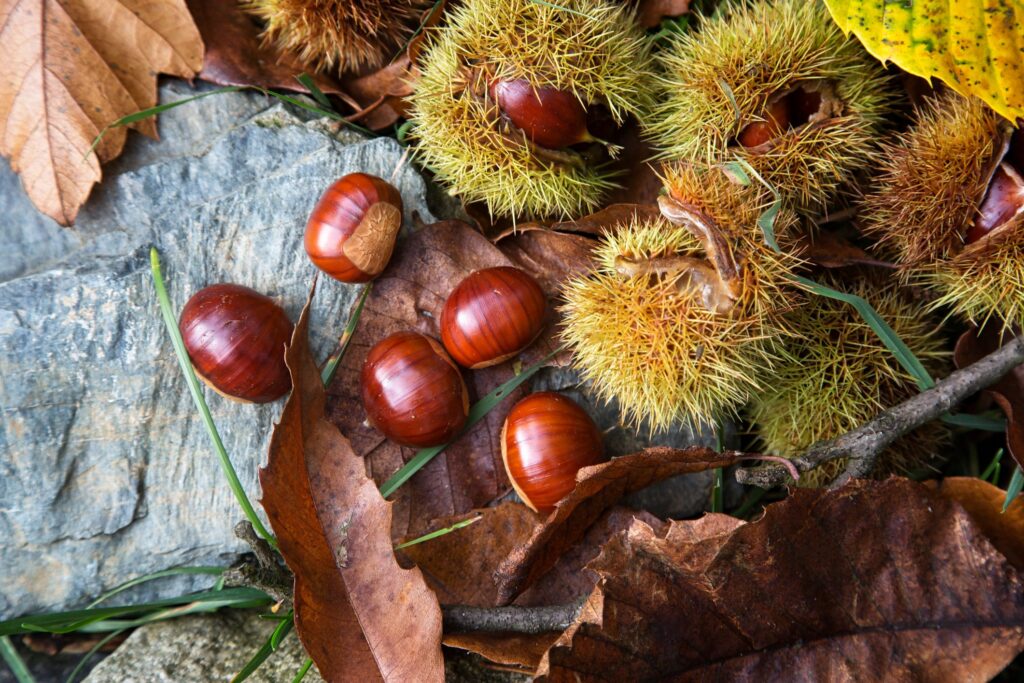
Horse chestnut seeds are typically used for relieving chronic venous insufficiency [4].
It contains an active compound called escin, which has been found to inhibit the accumulation of inflammatory leukocytes in the limbs that cause varicose veins [4].
It also appears to have a positive effect on blood circulation, which is why it can tone down inflammation in the legs [5].
According to experts, it works by strengthening the elasticity of the veins, sealing the leaking capillaries, and blocking enzymes that damage the blood vessels [5].
Scientists have done numerous reviews of clinical trials that investigate the safety and efficacy of horse chestnut for varicose veins [6, 7, 8].
All of these indicate that this herbal remedy can efficiently alleviate symptoms of this condition such as swelling, pain, tension, heaviness, fatigue, cramps, and itching in the legs [8].
Although it is tolerable and safe for most people, this remedy, unfortunately, cannot be used by pregnant or breastfeeding women.
2. Cayenne Pepper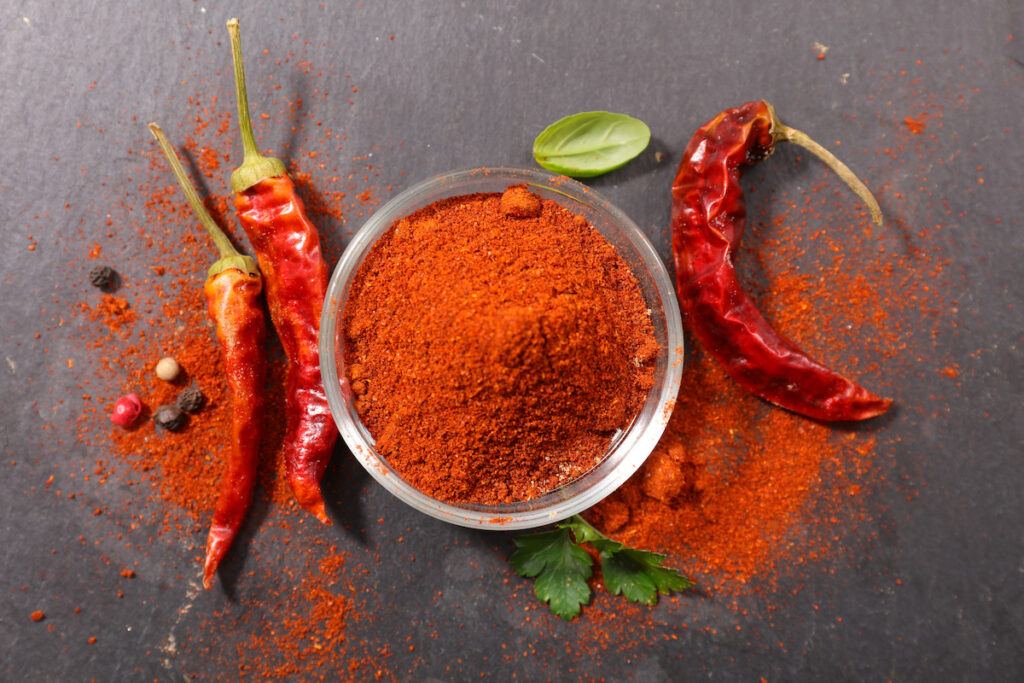
The cayenne pepper does more than spice up your otherwise bland and boring dishes.
It can also promote health in several ways, after all, it’s an excellent source of vitamin C and flavonoids.
Those who are complaining of varicose veins can also rely on this for treatment.
Capsaicin in cayenne pepper is believed to be a natural anticoagulant that helps prevent congestion of blood in the veins [9].
A team of scientists from Japan and South Korea investigated capsaicin’s anti-inflammatory effects and found that it works by inhibiting the production of inflammatory molecules [10].
Apart from being an anti-inflammatory, capsaicin is also an effective analgesic, which can relieve the pain and discomfort caused by the swelling of the veins in the legs [11].
3. Garlic
As one of the world’s oldest medicinal herbs, garlic has been the go-to solution for countless ailments for the last 4,000 years [12].
It’s also effective as an anti-inflammatory, helping ease common problems such as varicose veins.
Several studies point out that garlic’s anti-inflammatory mechanism is due to its ability to reduce levels of pro-inflammatory cytokines in the bloodstream [13, 14].
Not only that, but garlic also works by helping in the detoxification of the blood, helping get rid of toxins and other impurities [15].
And although ginkgo Biloba is more potent than garlic in reducing blood viscosity, as reported in a 2007 study, garlic can also help boost the circulation of the blood [16].
4. Butcher’s Broom
A popular use of butcher’s broom is for treating varicose veins.
Many people turn to this herbal solution to relieve swelling in the ankles, itchiness, and tension in the veins, all of which are primary symptoms of chronic venous insufficiency or varicose veins [17].
A review of both human and animal clinical trials investigating butcher’s broom efficacy as symptom relief for varicose veins released positive findings [18].
Research shows that it is highly effective in boosting circulation in the veins [18].
On top of that, it is also a potent anti-inflammatory agent that minimizes the body’s response to cytokines during the process of inflammation [19].
Its active compounds called ruscogenins reduce inflammation and at the same time, halt the breakdown of proteins [19].
Just take note that butcher’s broom is not recommended for people with high blood pressure or those diagnosed with benign prostate hyperplasia, a condition characterized by an enlarged prostate gland.
5. Olive Oil
Many studies have been done to evaluate the anti-inflammatory properties of olive oil and how it can help in various kinds of inflammatory diseases [20, 21, 22, 23].
This oil is packed with phenolic compounds that exhibit strong anti-inflammatory activities [23].
One phenolic compound that is of particular interest is oleocanthal, which works in a similar way as ibuprofen [23].
Although the two are not similar in structure, they both work in inhibiting the pathways that are responsible for the inflammatory process in the body [24].
Moreover, massaging with olive oil is said to be effective in increasing the circulation of blood, and providing pain relief.
RELATED: 7 Ways of Using Olive Oil for Ear Infection
6. Exercise
Much has been said about the importance of exercise.
We’re all too aware of how physical activity is needed to maintain optimal health, and prevent health problems like high blood pressure, heart disease, and diabetes.
In addition to all these, exercise is also beneficial for those who complain of varicose veins.
As you can imagine, a sedentary lifestyle puts more pressure on the veins, making it more difficult for the veins to pump blood to the heart.
And because exercise can help maintain a healthy weight and proper balance of hormones, it can indeed minimize the appearance of varicose veins.
With regular physical activity, you get to improve blood flow and ameliorate inflammation, reducing the risk of blood pooling [25].
It’s no wonder it has been proven to be one of the most effective non-pharmaceutical interventions for chronic venous insufficiency, as reported in several studies and articles [26, 27, 28, 29, 30].
Recommended Directions:
- Spend at least 30 minutes to an hour of your day doing low-impact aerobic exercises that will get you moving.
- Perform calf raises, bicycle legs, leg lifts, and side lunges.
- Engage in walking, bicycling, swimming, and other exercises ideal for those with varicose veins.
- For those with desk jobs, take regular breaks to stretch their legs and move around.
- Move your ankles every once in a while in circular motions to boost blood circulation.
- For those with jobs that require standing for long periods, make it a habit to shift weight from one leg to the other.
RELATED: Drinking Oolong Tea for Weight Loss: Good or Bad?
7. Witch Hazel
Witch hazel has been used by Native North Americans for inflammatory diseases since ancient times [31].
This herbal remedy abounds in tannins, which are active compounds that exhibit anti-inflammatory and soothing properties when applied to the skin [31].
In Germany, it has been approved by the Commission E of the former GBA for the treatment of skin ailments, including varicose veins [32].
Along with anti-inflammatory properties, witch hazel also exhibits anti-elastase, anti-collagenase, and antioxidant properties [33].
Simply put, witch hazel prevents the breakdown of protein and collagen, as well as neutralizes cellular damage caused by free radical and oxidative stress.
RELATED: 11 Health Benefits of Witch Hazel That You Should Know About
8. Cypress Oil
For those who complain of unsightly swollen veins in their legs, they can find relief in essential oils such as cypress.
In fact, this oil is often incorporated in topical preparations designed to treat varicose veins and other venous circulation problems [34].
As an anticoagulant, it can help prevent the pooling of blood in the veins in the legs [34].
It was also found to exhibit a degree of anti-inflammatory action, although it scored poorly in the ability to heal wounds [34].
The great thing about this oil remedy is that it doesn’t have any serious side effects or health risks, as long as you follow the proper dosage and use [34].
However, do take note that in large amounts, cypress oil can irritate the kidneys [34].
9. Grapeseed Extract
Native to Western Asia and Southern Europe, grapes are loaded with active compounds such as polyphenols, flavonoids, and anthocyanins that contribute to their broad spectrum of therapeutic effects [35].
Its seed extract is included in many herbal medicines and dietary supplements [35].
Oligomeric proanthocyanidin complexes (OPCs), a type of antioxidant that can be found in grapeseed extract, have been found to have vasoprotective and antioxidant properties [35].
This means, that not only do they protect the blood vessels, they also prevent damage caused by free radicals.
Aside from these, OPCs also boost the formation of collagen that can strengthen the elasticity of blood vessel walls and connective tissues.
In turn, they prevent leakage of fluid from the veins that cause swelling.
All these are what make this herbal remedy a suitable treatment method for varicose veins.
10. Calendula
Bid goodbye to those horribly swollen veins in your legs with the help of calendula.
This herbal medicine, which is an age-old remedy for numerous problems involving the skin, can provide relief for pain, itchiness, and dryness of the skin often associated with varicose veins.
In a study that can be found in the Indian Journal of Experimental Biology, it was reported that calendula has anti-inflammatory mechanisms that were due to its ability to inhibit pro-inflammatory cytokines [36].
These actions can be attributed to the presence of triterpenoids, flavonoids, and saponins [37, 38].
RELATED: 12 Impressive Health Benefits of Calendula Oil
11. Apple Cider Vinegar
In Turkey, a team of scientists recently conducted a study that investigated the effects of external application of apple cider vinegar on 120 patients with varicose veins [39].
The group of patients who applied apple cider vinegar on their legs experienced significant improvement not only in pain and muscle cramps but also in swelling, itchiness, heaviness, and pigmentation [39].
That’s not all. Their social anxiety levels were also shown to have decreased [39].
As you know, a cosmetic problem like varicose veins can make patients socially anxious and embarrassed.
Apple cider vinegar helped in this aspect, making patients feel more confident about themselves after the disappearance of the varicosities.
12. Lavender Oil
When you can no longer bear the pain and heaviness caused by varicose veins, try using lavender oil.
Not only does this oil help soothe and relax your nerves, but it can also relieve pain and inflammation.
Scientists have long established lavender as a potent analgesic and anti-inflammatory.
One of these studies was conducted in 2002 in Iran [40].
It showed how lavender can benefit those suffering from ailments that are related to pain and inflammation [40].
Risk Factors Associated with Varicose Veins
Varicose veins can pose a number of risk factors to your health. These are:
- Increasing age
- Family history of having varicose veins
- Bodily changes during pregnancy
- Hormonal changes in the body
- Overweight or Obesity
- If your job or daily routine requires you to stand for long periods of time
- Have a past case of deep venous thrombosis
When Should You Seek Medical Advice from a Doctor?
Usually, conservative therapy or self-help measures greatly help in the treatment of varicose veins.
However, if you are too much concerned and see that your condition is only deteriorating day by day then you should go and visit a doctor as soon as possible.
Some common symptoms of varicose veins are the following:
- Terrible aching pain
- Itching in the place of the varicose veins
- Burning sensation in the place of the varicose veins
- Swelling of the legs
- Getting easily tired in the legs
- Numbness in the legs
- The heaviness of the leg
- Darkening of the skin around the region of the varicose veins
- Rashes on the legs and around the area where varicose veins form
Bottom Line
If left untreated, then varicose veins can worsen over time. Even if you try making lifestyle changes, things still can get worse! And this is very true!
Plus, your varicose vein can also lead to ulcers and sores in the legs. The pain and problem can worsen if there are blood clots in the veins.
You surely do not want that! It is, therefore, best to try these proven home remedies for varicose veins.
However, if there are severe cases and your condition doesn’t improve, then you should seek medical help. But for the time being, use the remedies above to minimize the appearance of swollen veins on your legs or other parts of the body.
READ MORE: 21 Home Remedies for Foot Fungus, Nail Fungus & Athlete’s Foot
